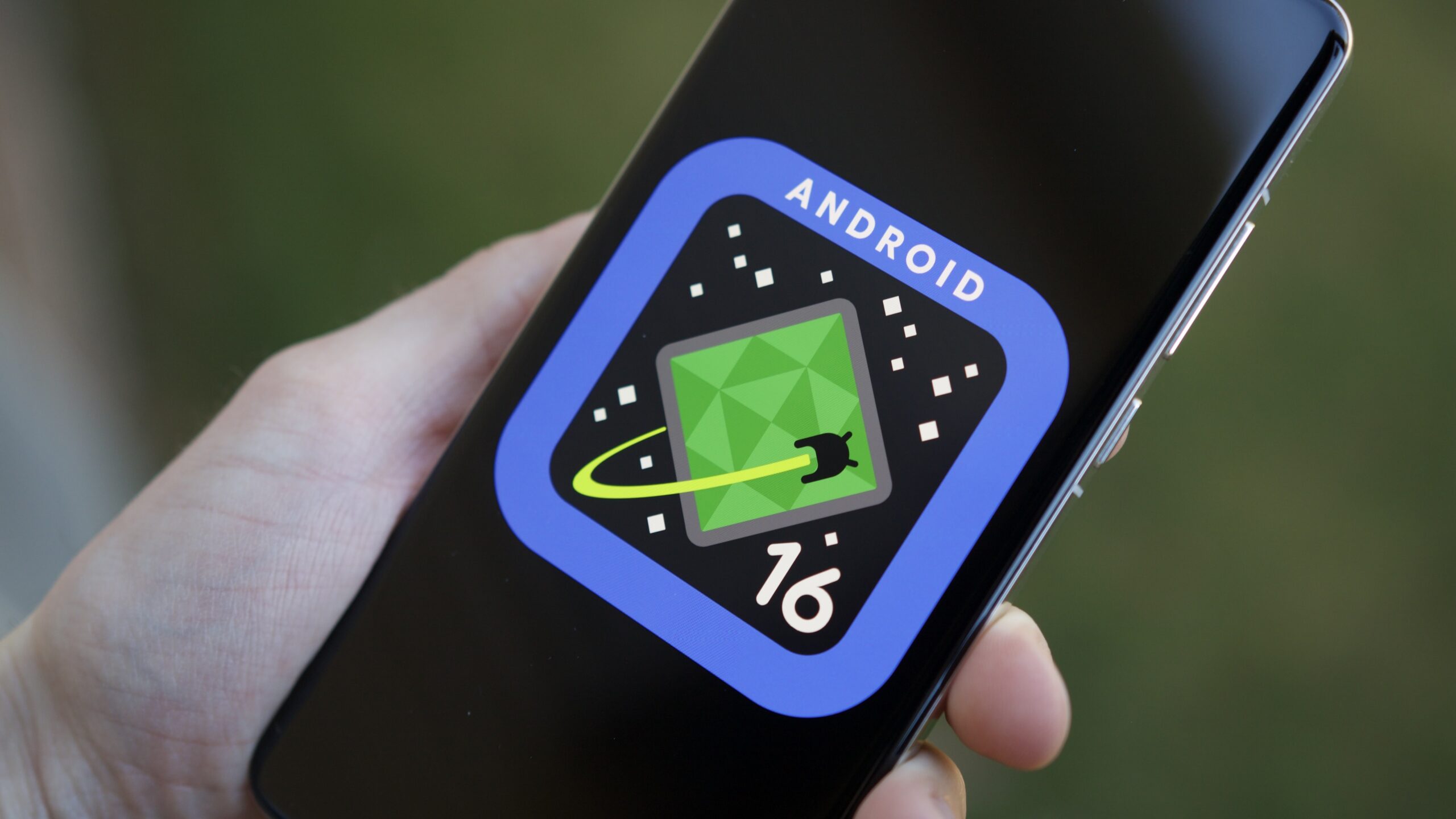Android OS
We are the Authority on Android. Breaking news, in-depth reviews, app lists, deals, and more.
Features
Guides
How-to's
All the latest
Android OS news
Android 16's new multitasking looks cool, but OnePlus still has it beat
Joe MaringMay 4, 2025
0
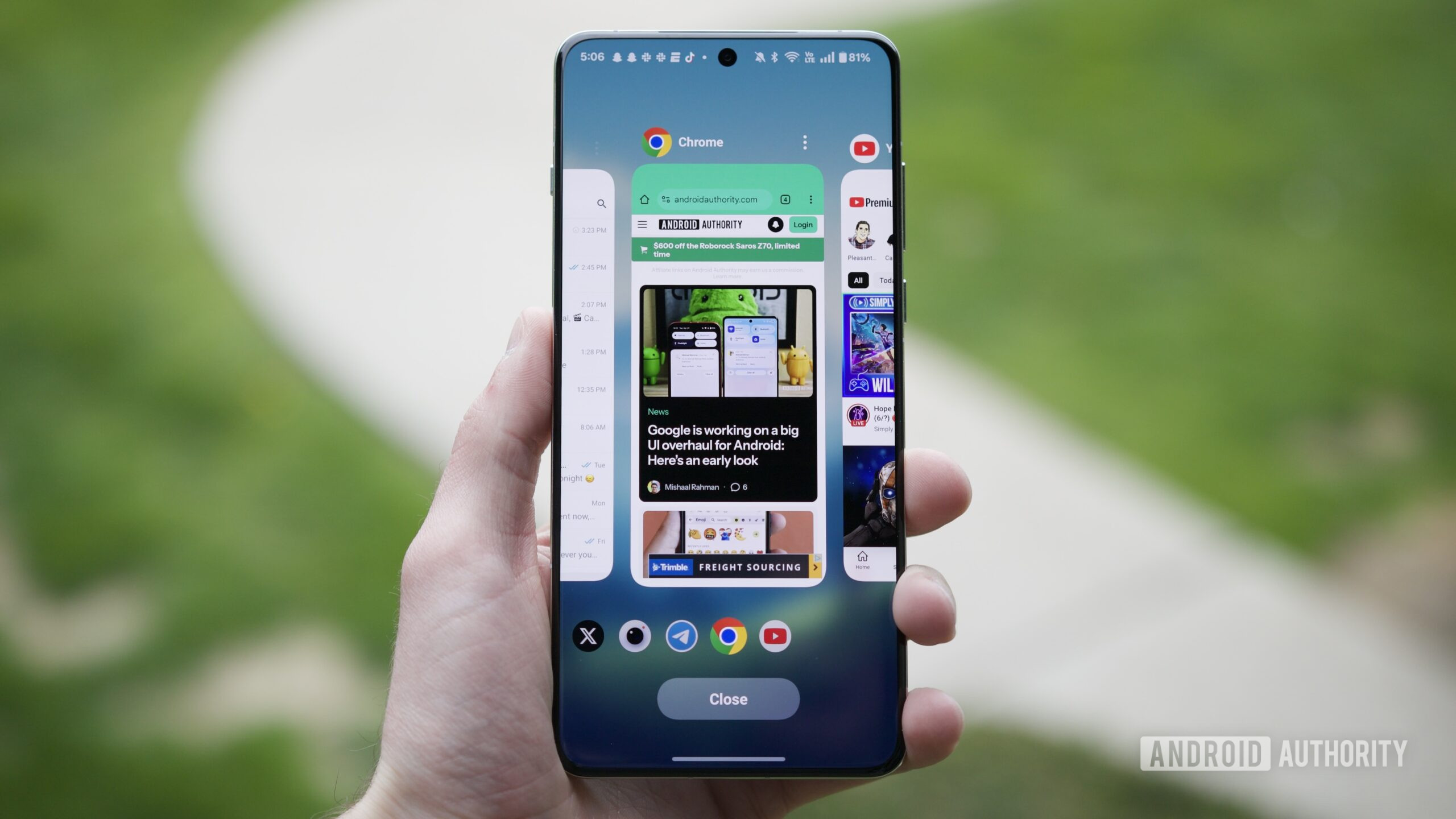
How long can you track a Pixel after a thief has powered it off? I tested it to find out
Rita El KhouryMay 3, 2025
0
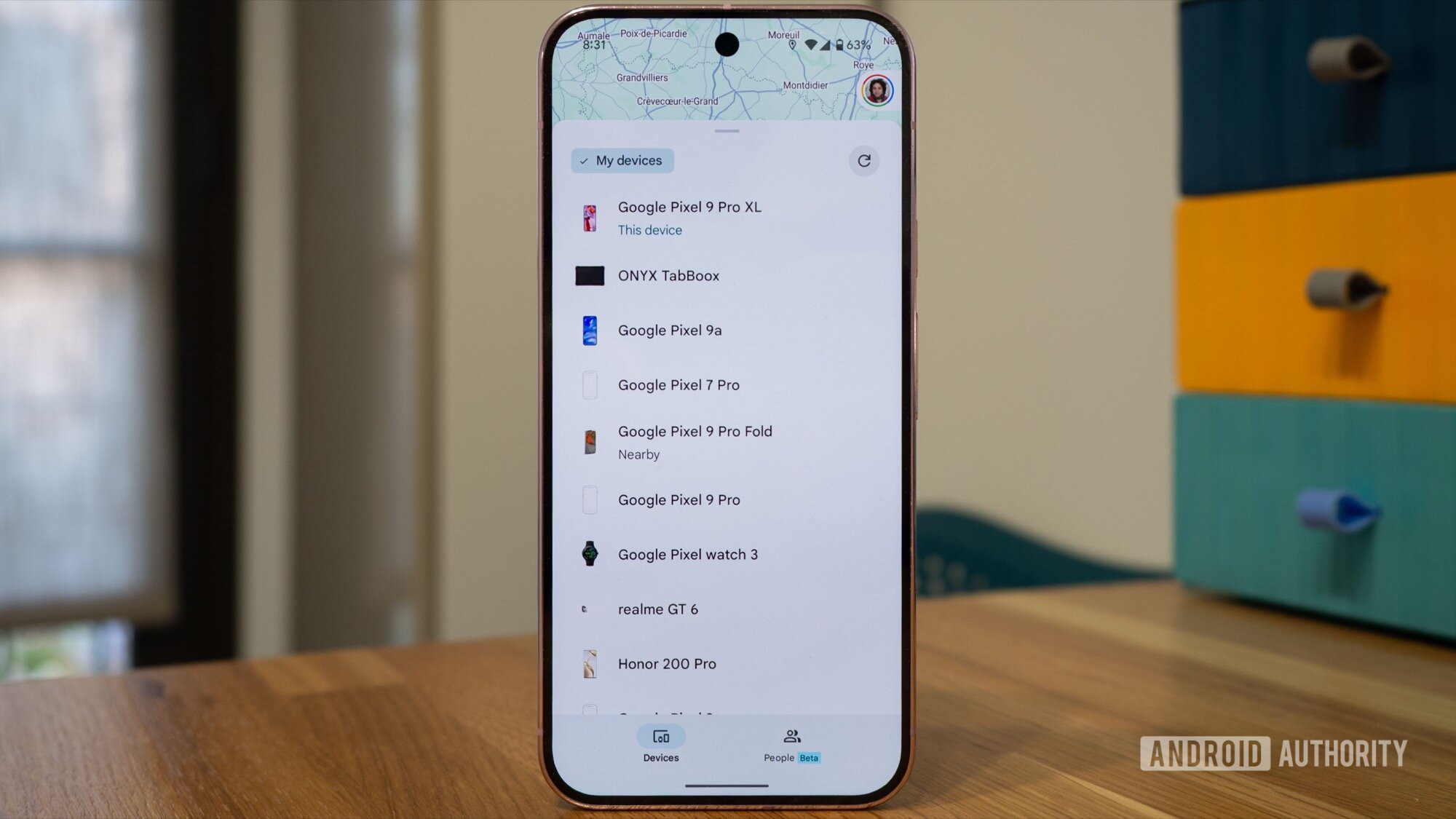
After the latest One UI 7 issue, I can’t recommend buying a Samsung phone
Joe MaringMay 3, 2025
0
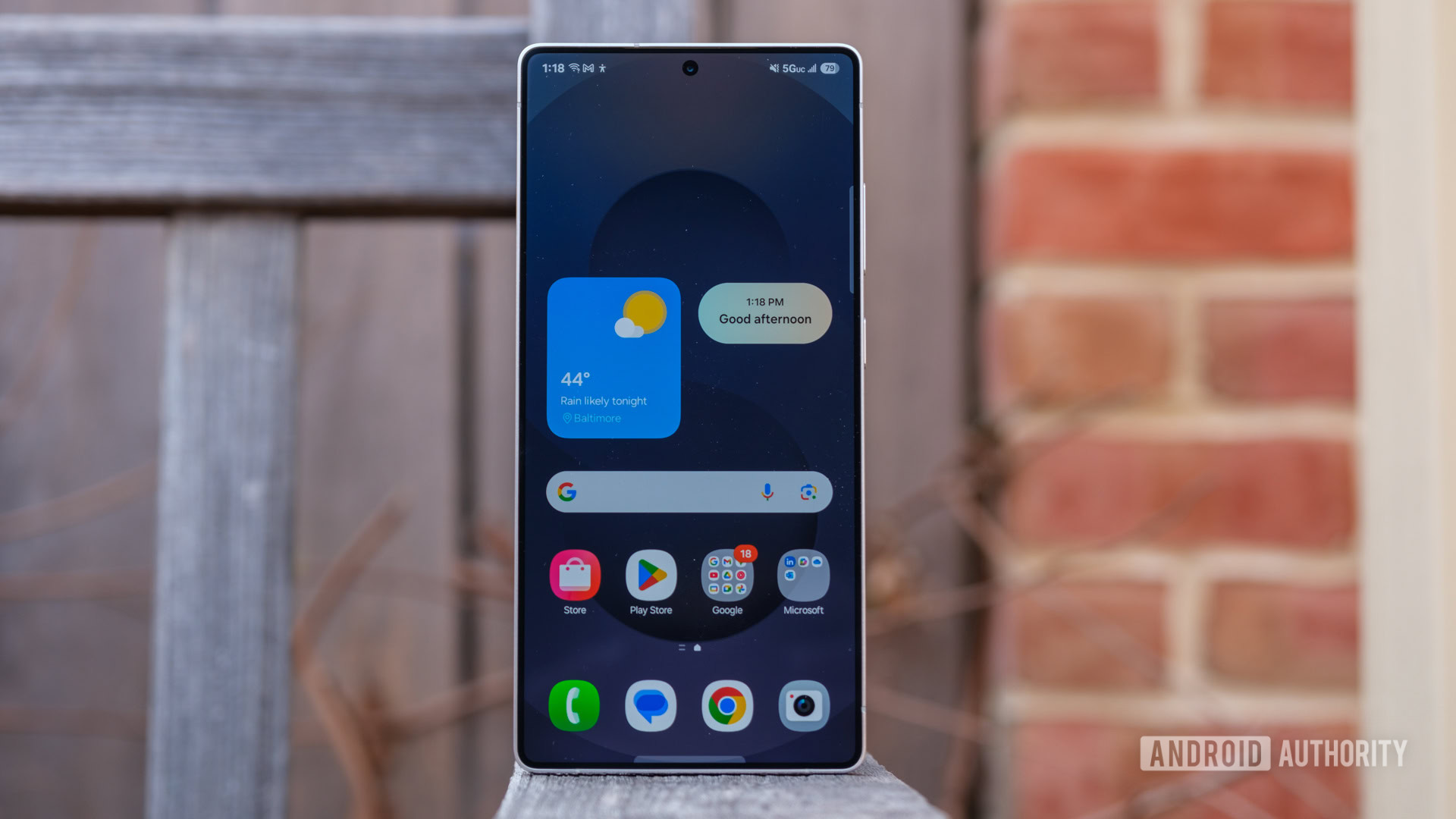
How to transfer your music from iTunes to Android
Team AAMay 2, 2025
0

Here's how to lock apps and files with your fingerprint
Edgar CervantesMay 2, 2025
0
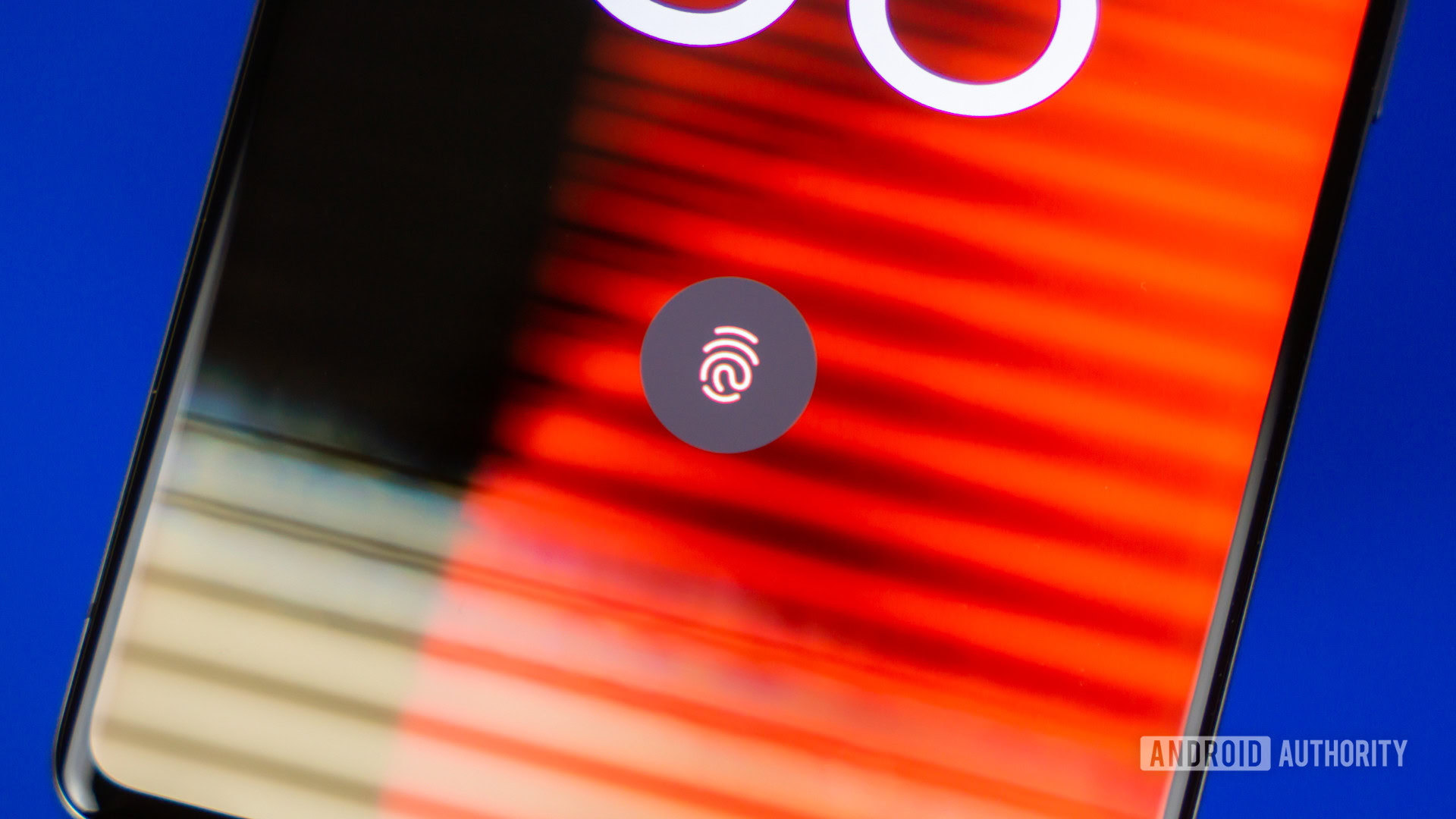
How to switch from iPhone to Android: Sync your contacts, photos, and more!
Edgar CervantesMay 1, 2025
0
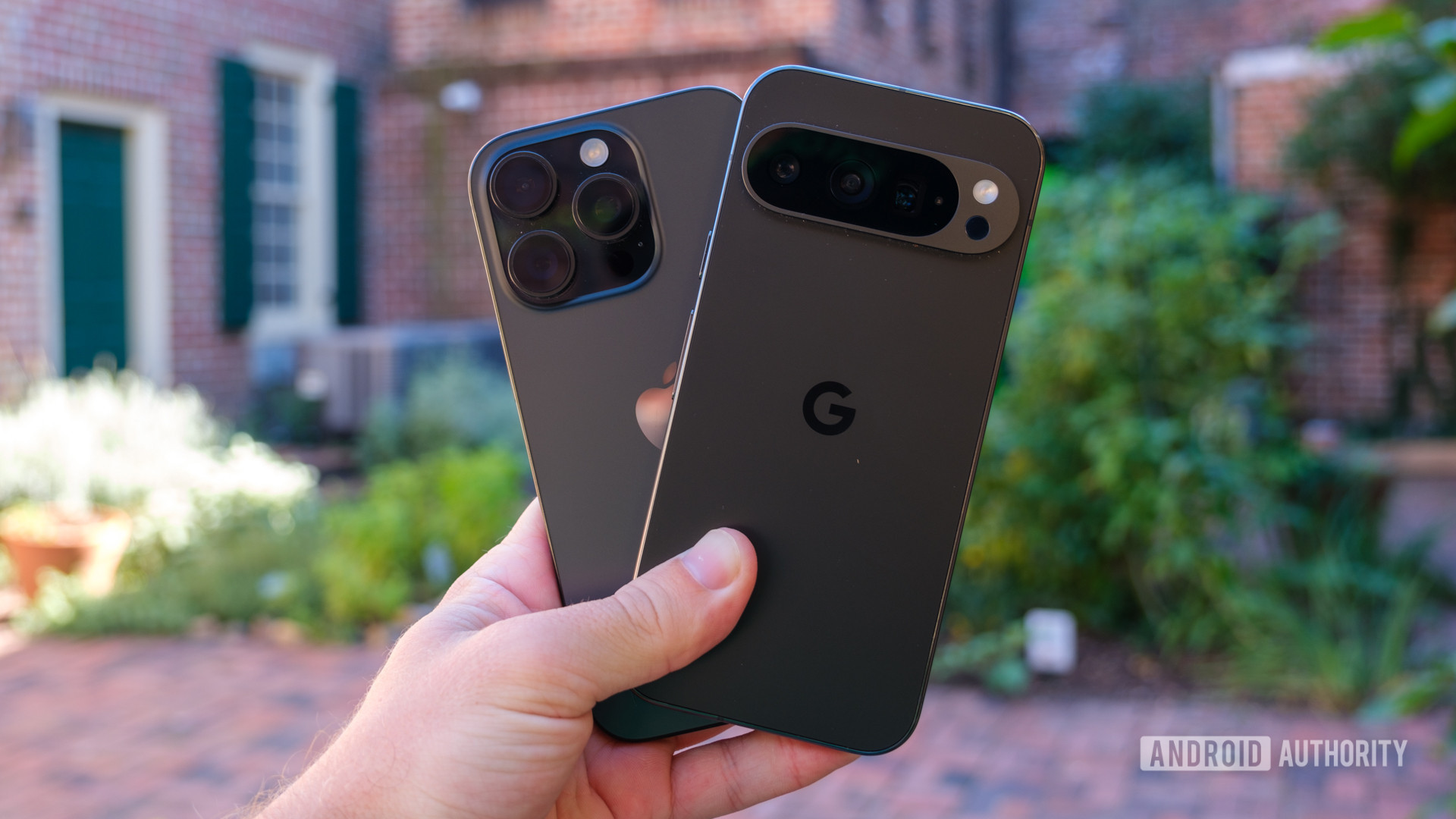
Android 16’s huge UI redesign is the most exciting change I've seen in years
Joe MaringMay 1, 2025
0

One UI 8: Features I want to see and what we know so far about Samsung's next update!
Aamir SiddiquiApril 29, 2025
0
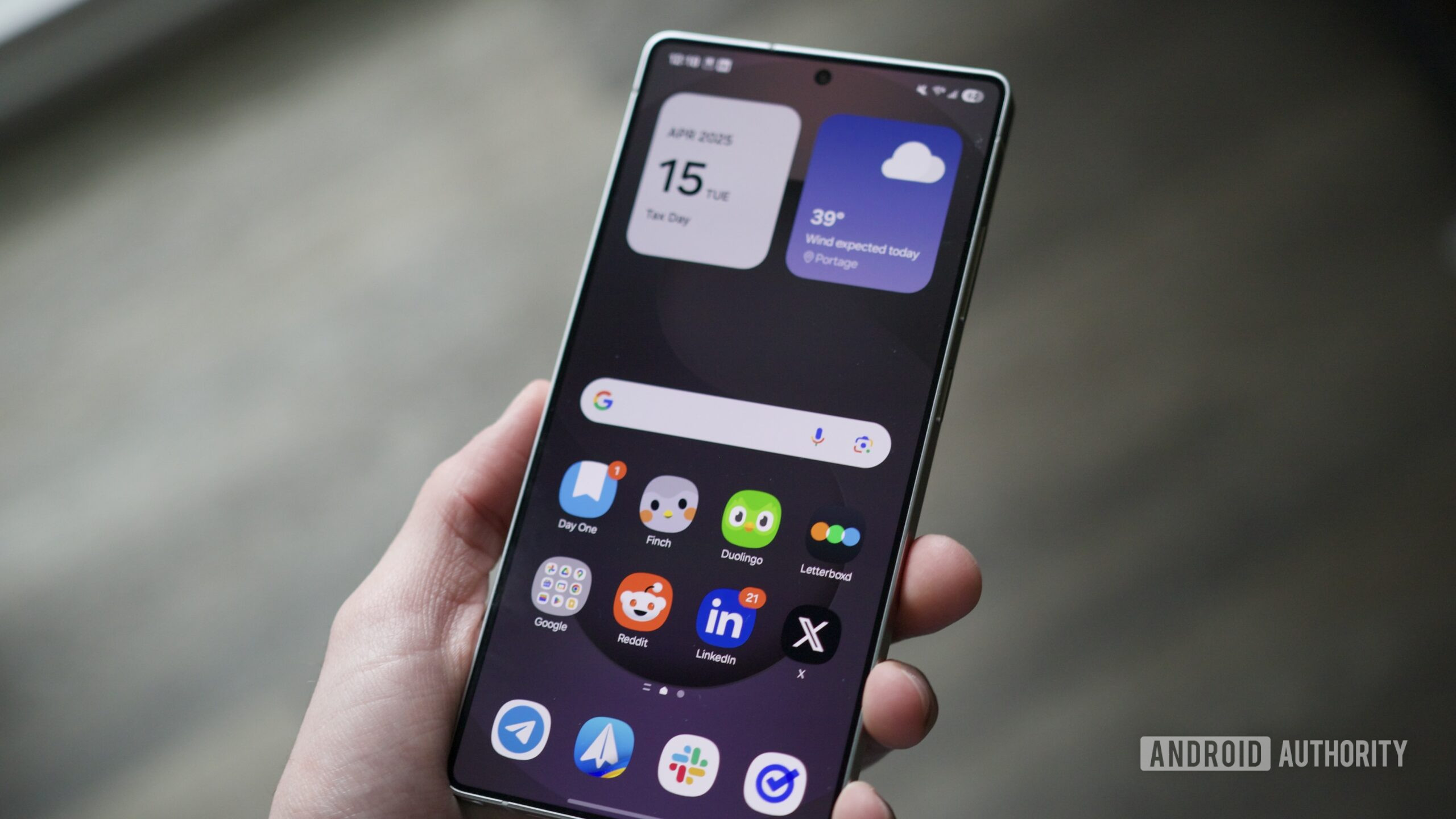
How to clear cache on your Android device
Ankit BanerjeeApril 27, 2025
0
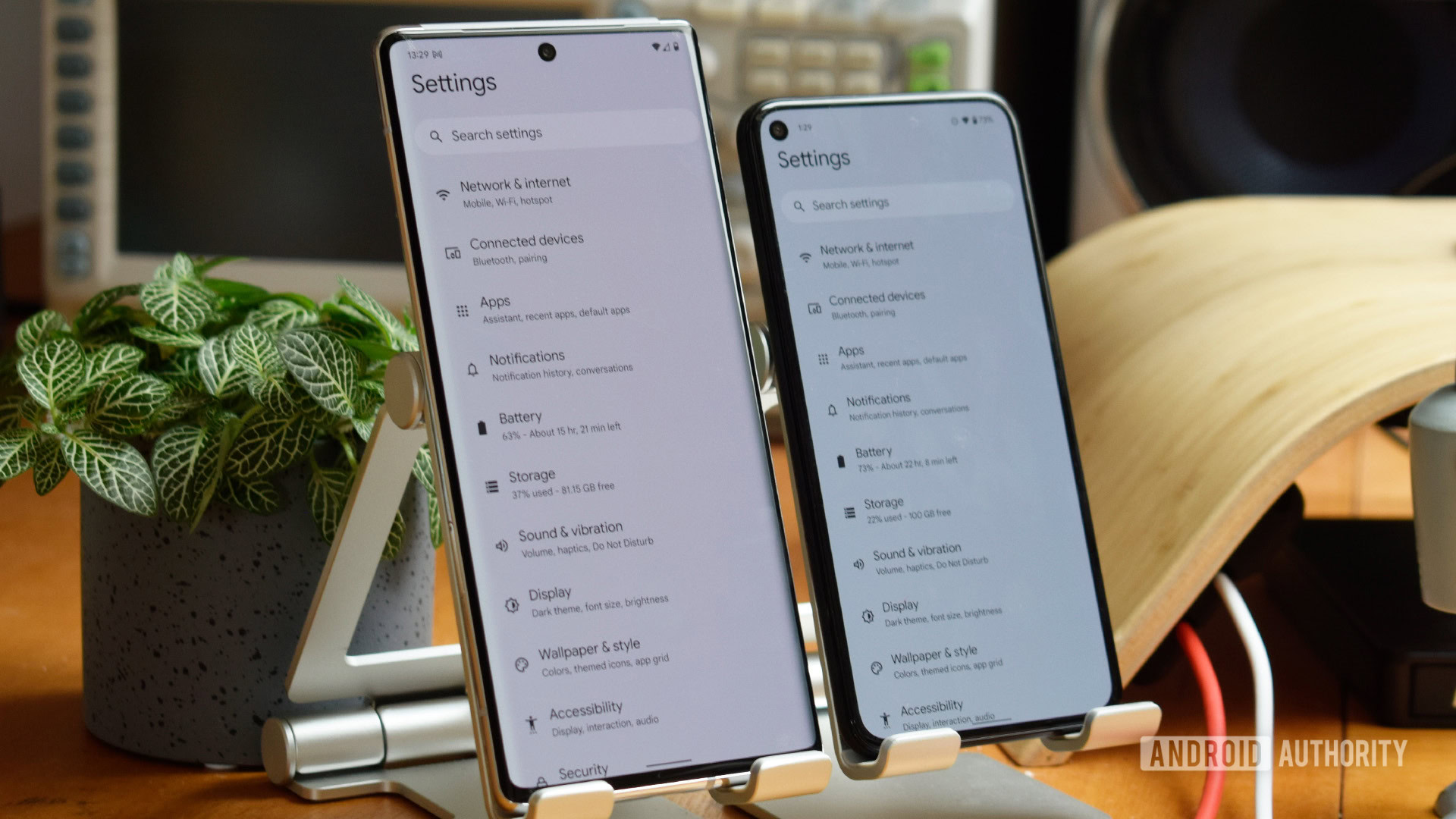
Android app permissions explained and how to use them
Robert TriggsApril 27, 2025
0
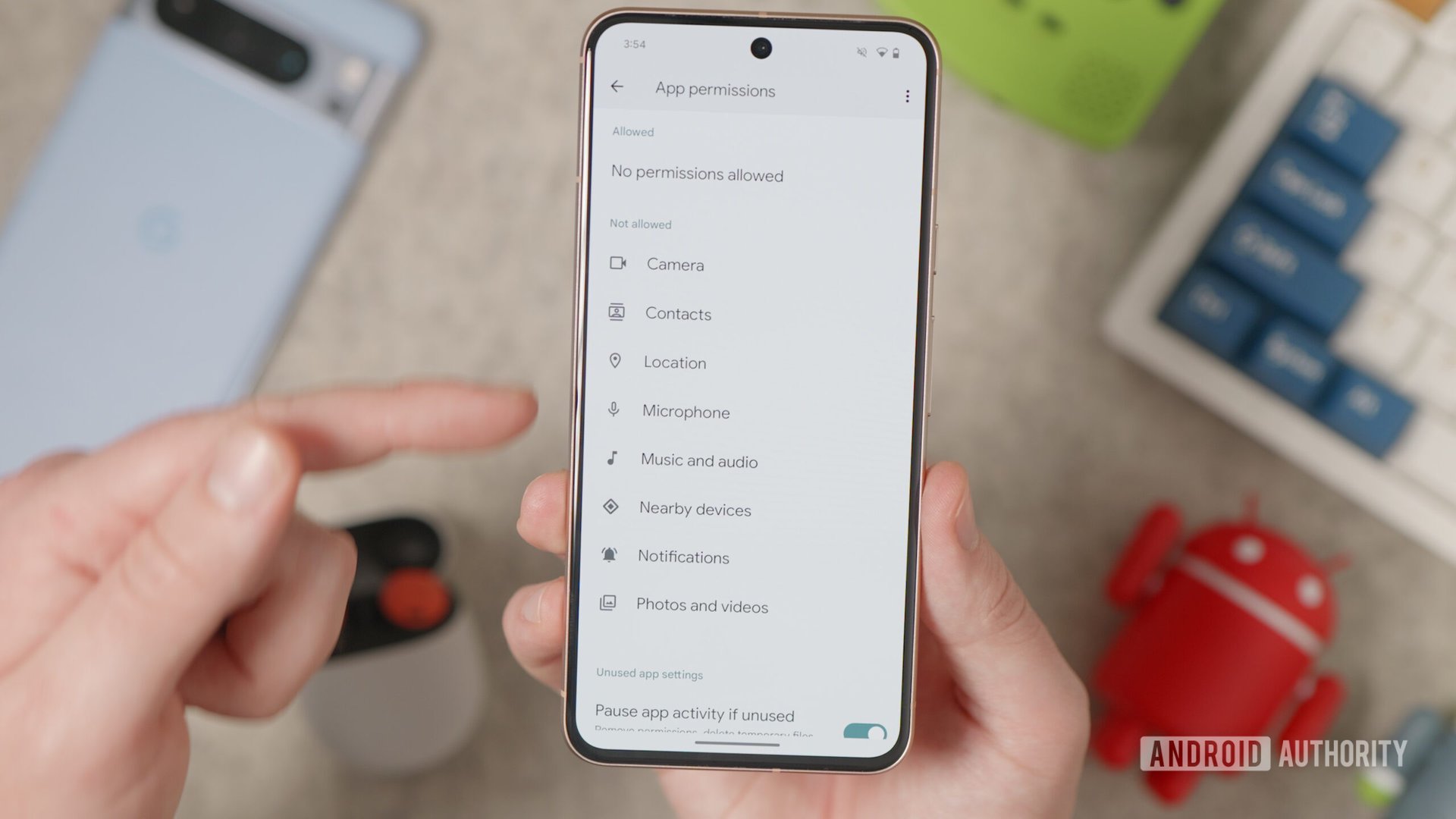
One UI 8 leak suggests Samsung DeX could borrow a lot from Android 16's desktop mode
Aamir Siddiqui2 hours ago
0

Google takes a page from Apple's playbook with new Material 3 Expressive battery icon
Christine Romero-Chan12 hours ago
0
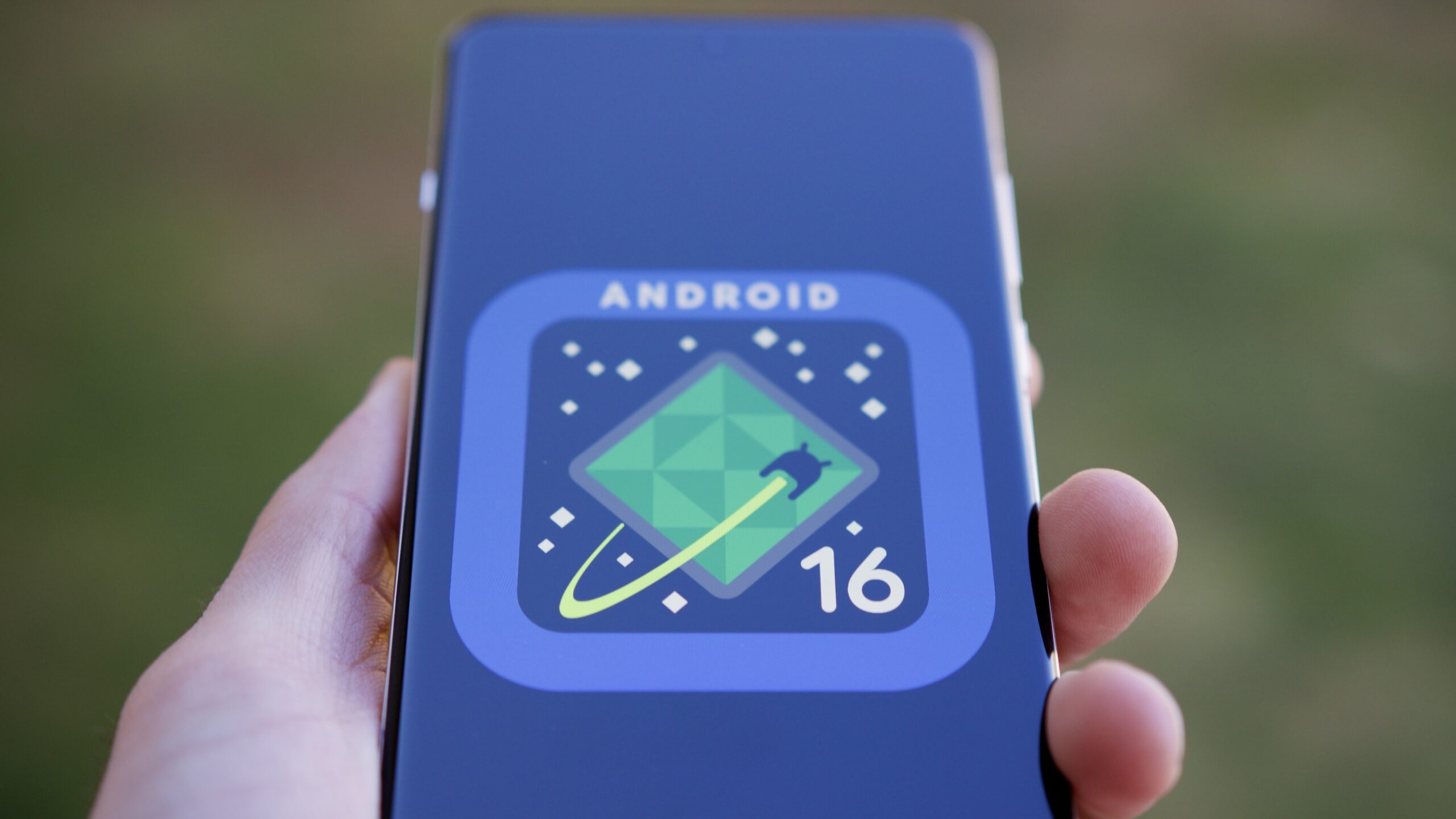
Oops! Google lets Material 3 Expressive details slip out online early
Ryan McNeal13 hours ago
0
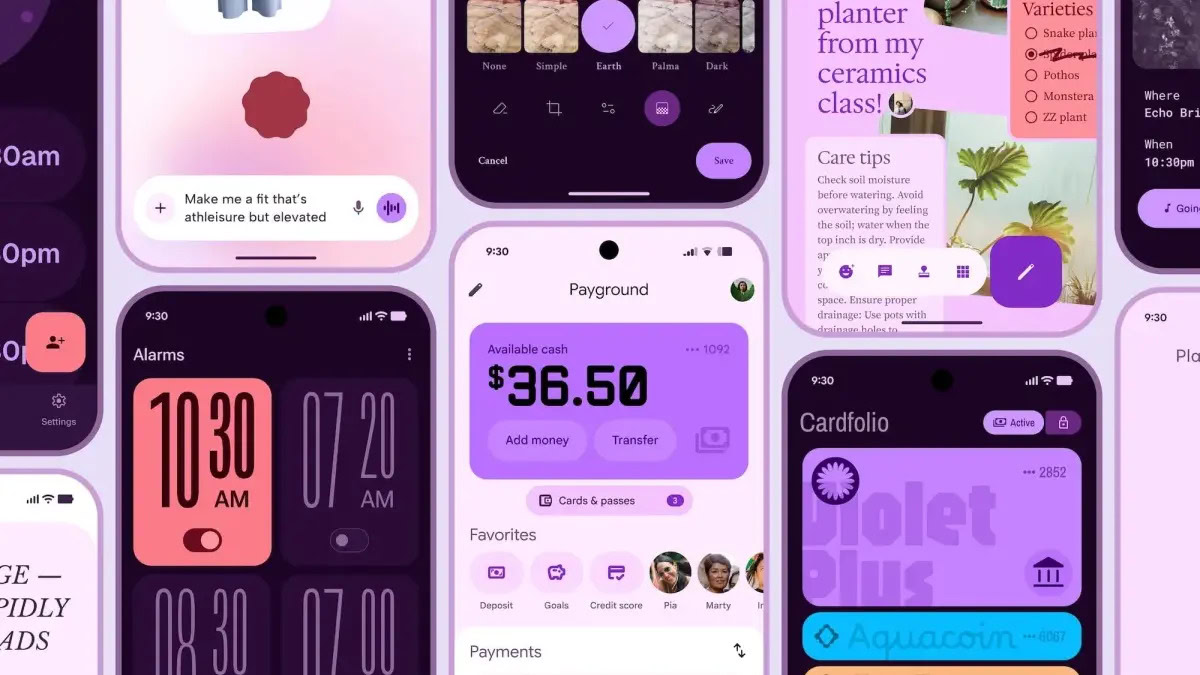
Android 16 could introduce an Intrusion Detection feature (APK teardown)
Hadlee SimonsMay 5, 2025
0
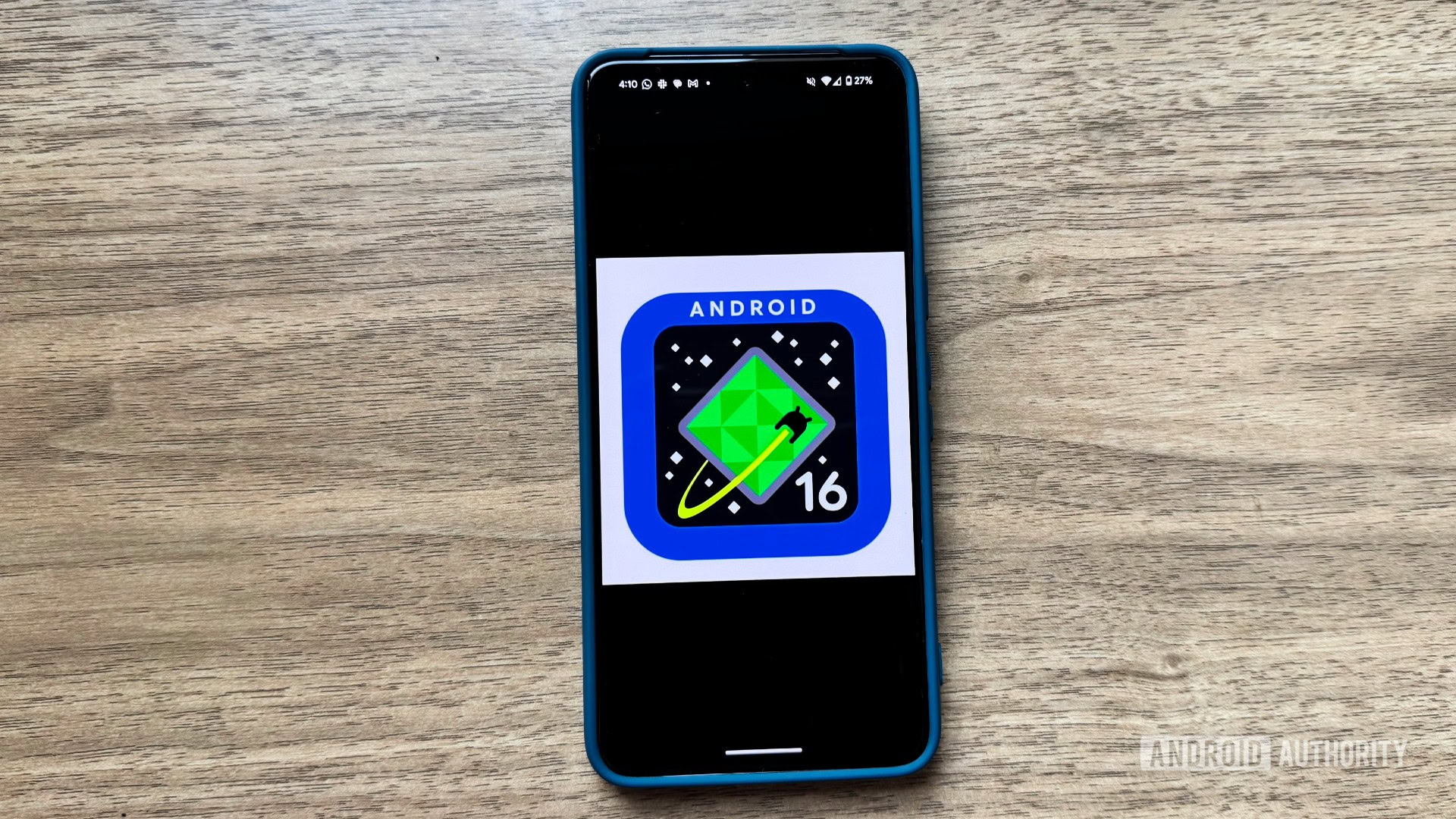
One UI 8 could let you push the limits on RAM Plus virtual memory to new heights
Pranob MehrotraMay 2, 2025
0

Google is finally building its own DeX: First look at Android's Desktop Mode
Mishaal RahmanMay 2, 2025
0
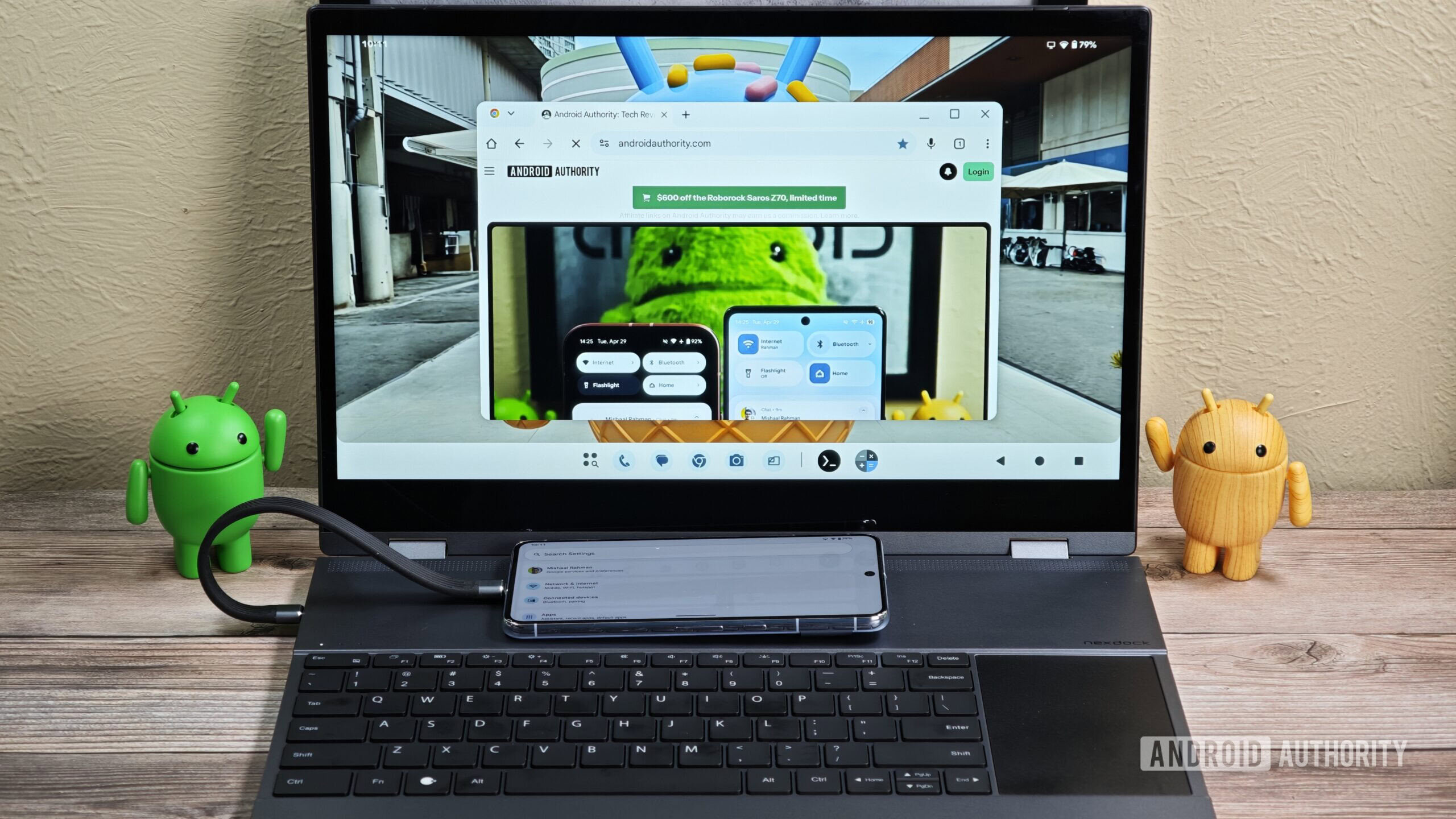
One UI 7 is coming in like an avalanche across Galaxy devices in the US
Ryan McNealMay 2, 2025
0
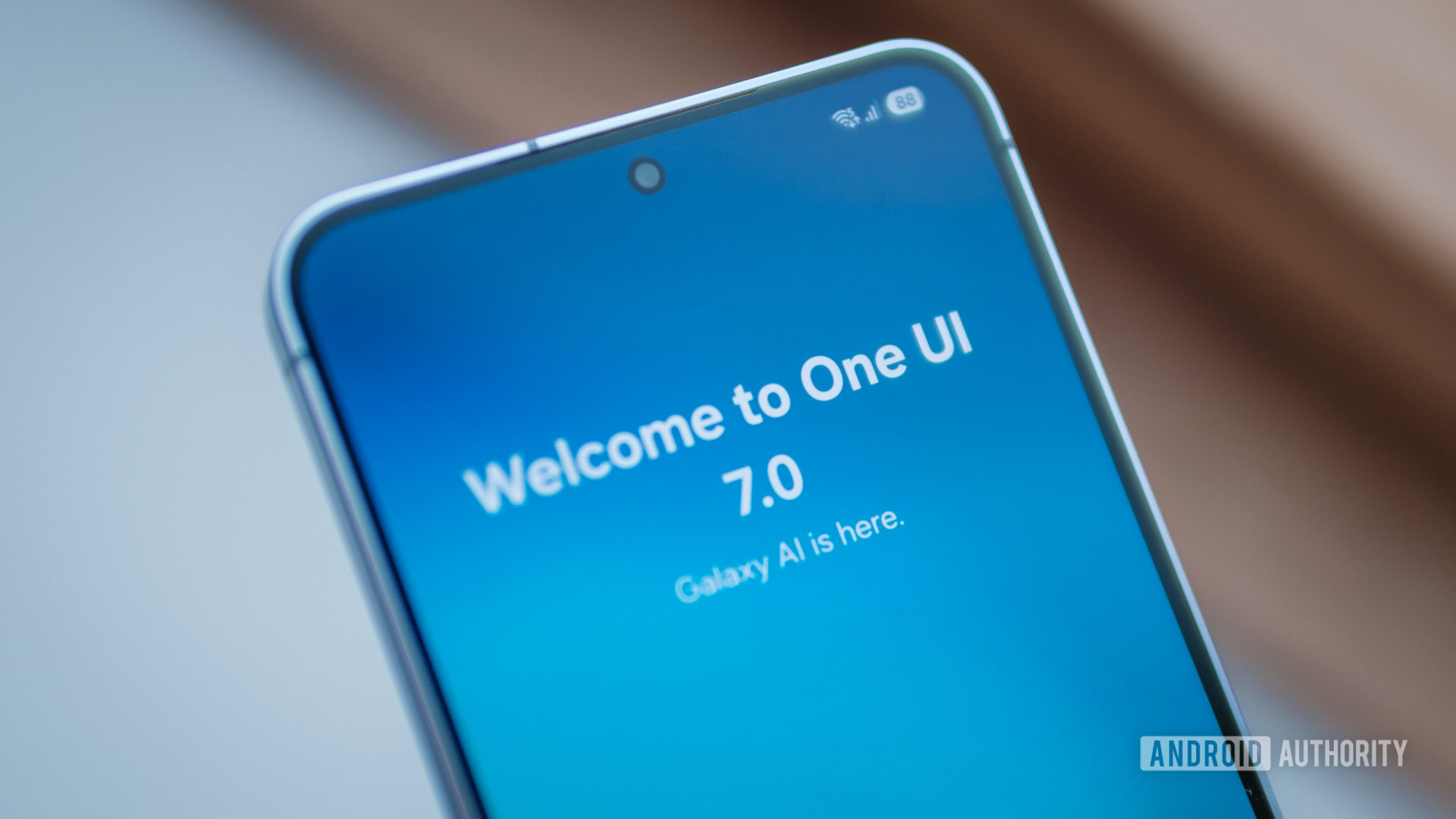
Galaxy S23 users feel betrayed by Samsung's One UI feature lockout
Aamir SiddiquiMay 2, 2025
0
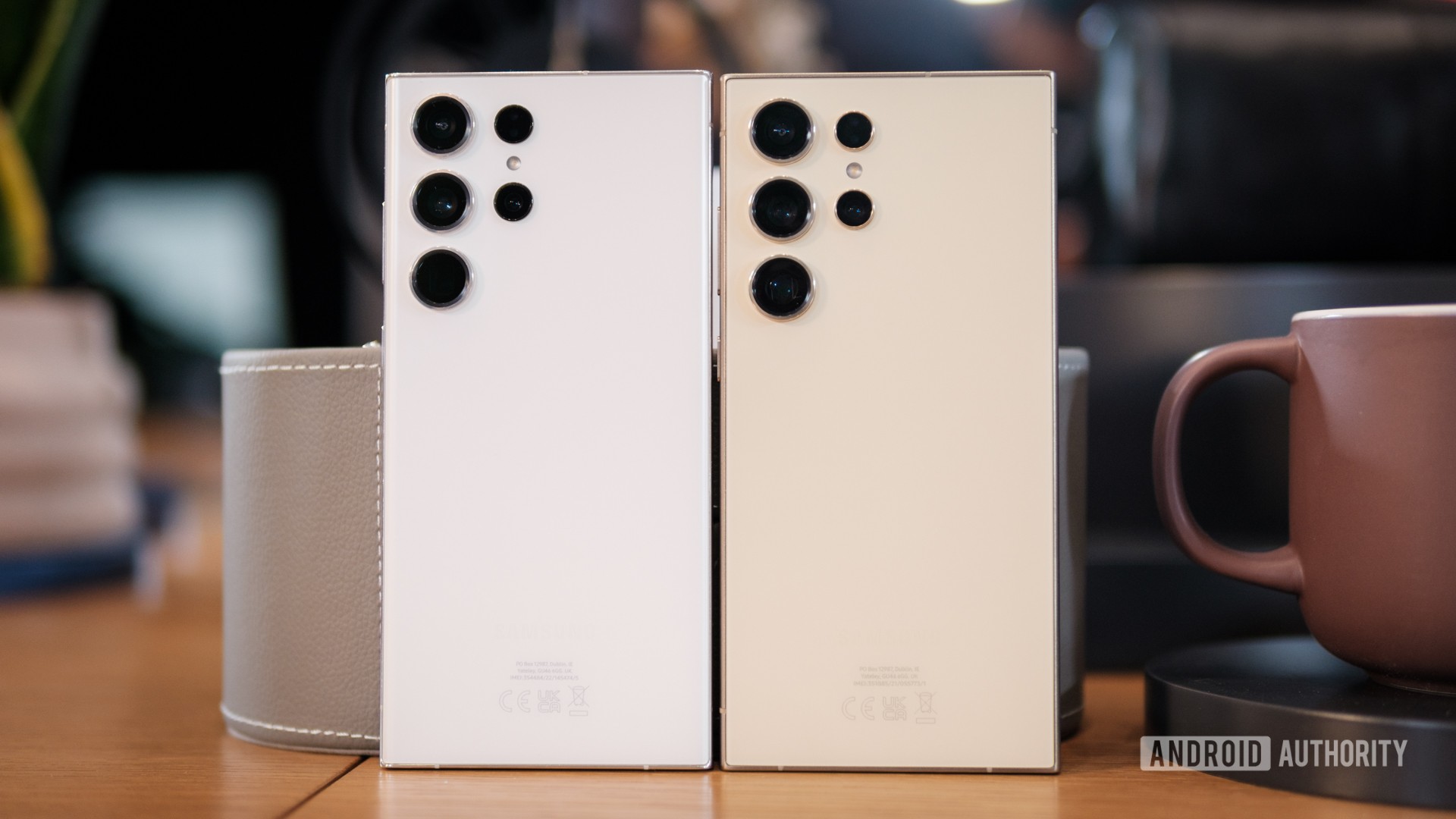
Expressive theme could extend to Google Services settings, and here's your first look (APK teardown)
Aamir SiddiquiMay 2, 2025
0
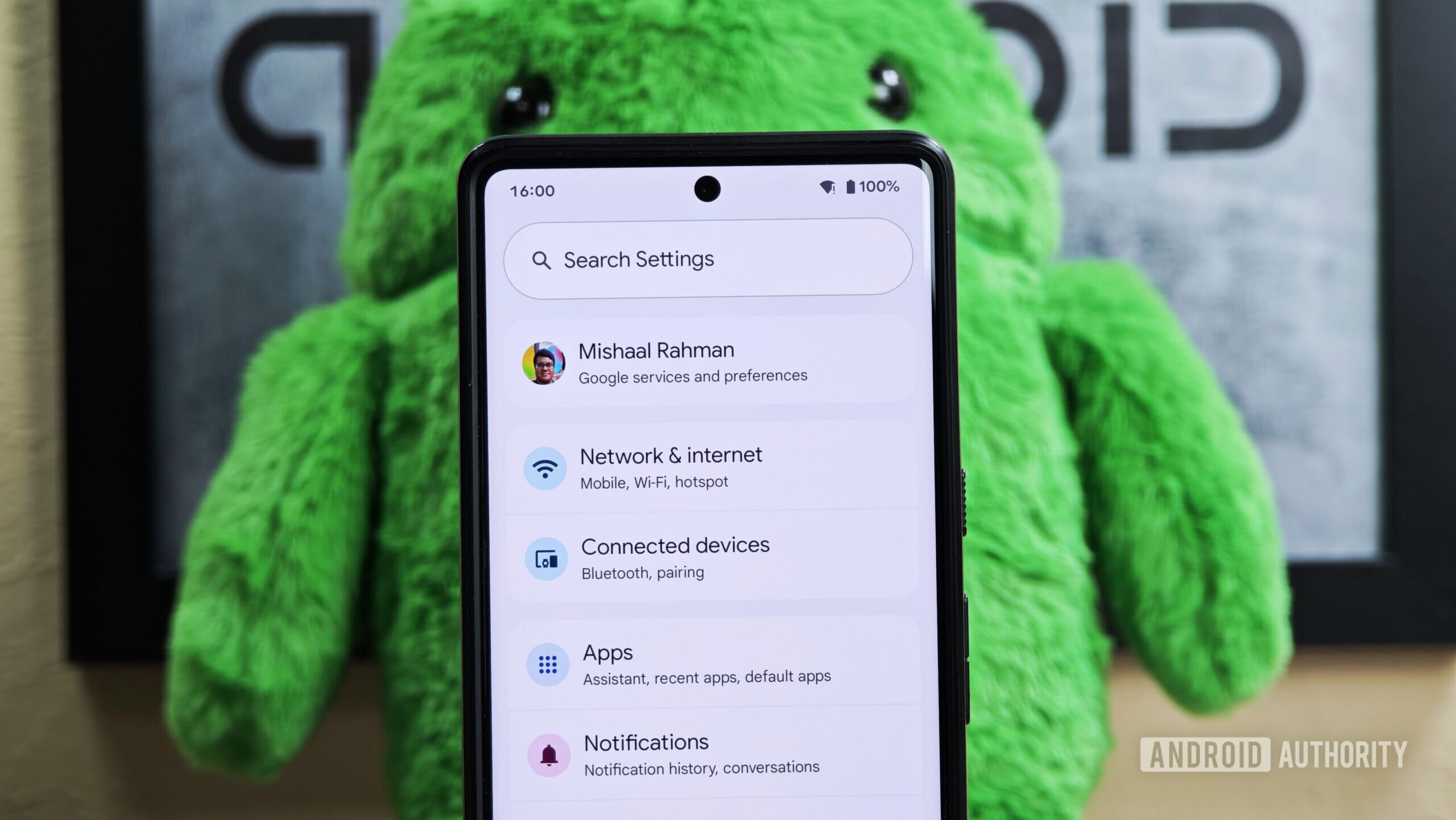
Here's how Android 16’s Advanced Protection Mode secures your phone and data (APK teardown)
Christine Romero-ChanMay 2, 2025
0
